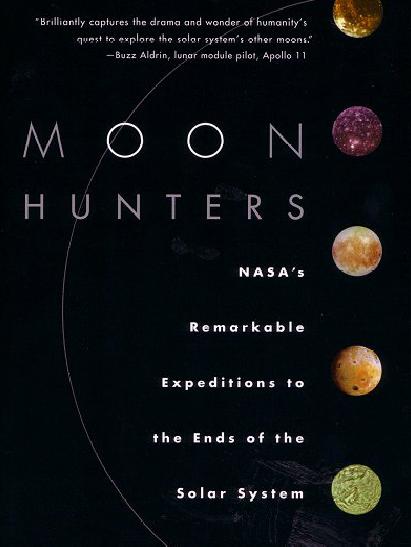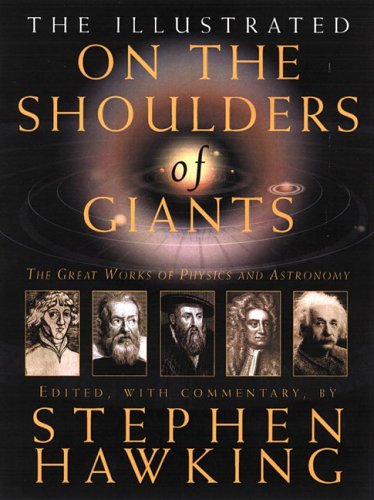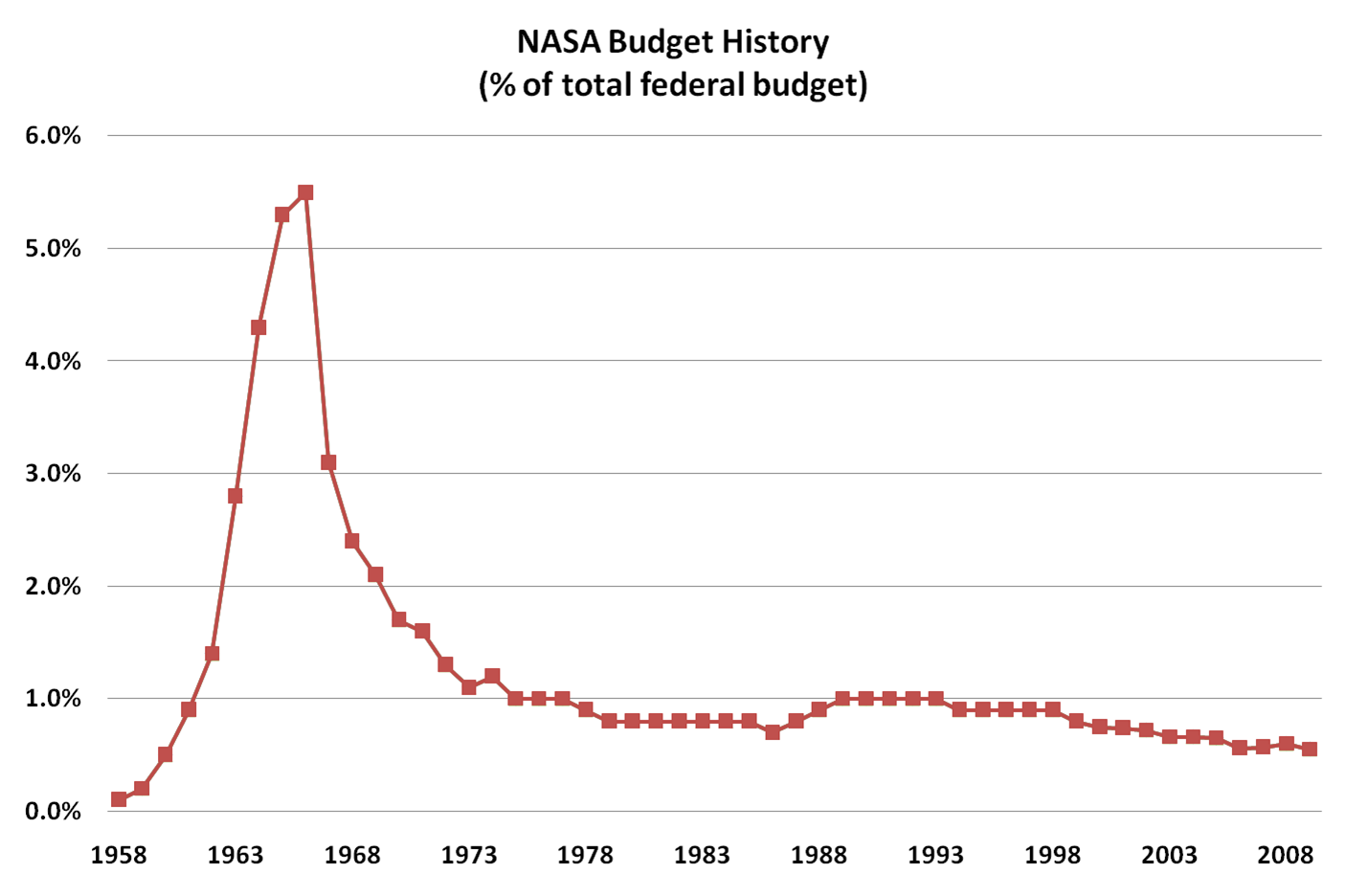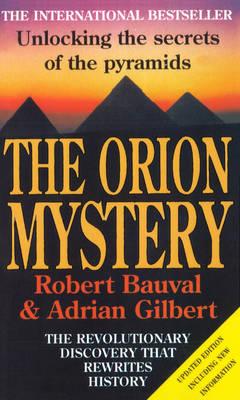Anyone interested in a first hand account of NASA‘s robotic missions to the moons of Jupiter and Saturn will find Moon Hunters: NASA’s Remarkable Expeditions to the Ends of the Solar System by Jeffrey Kluger to be a great read. Various moons, like Europa and Titan, may harbor forms of life and the only way to find out is to explore them. The book narrates the discoveries of various probes, such as Ranger, Voyager, and Galileo.
Category: astronomy (Page 6 of 9)
It’s a rare conversation that mentions the importance of women in the history of math and science. I am not too sure why, as there have been many important women in the history of math and science. To prove this, just check out Hypatia, Emmy Noether, and Henrietta Swan Leavitt. Leavitt made the discovery that Cepheid variable stars are the key in finding the distance to galaxies. To be more direct, she found out how to measure the universe. Anyone interested in this story should read George Johnson’s book, Miss Leavitt’s Stars: The Untold Story of the Woman Who Discovered How to Measure the Universe.

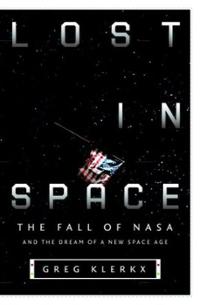

There exists a theory, called the Orion Correlation Theory, which claims that the Egyptians built the pyramids to mimic the asterism of Orion’s Belt. Thus, the Nile River would correspond to the Milky Way. This theory was first publish in a book, The Orion Mystery: Unlocking the Secrets of the Pyramids, by Robert Bauval and Adrian Gilbert. This work provides a new perspective on the importance of astronomy to the ancient Egyptians. Anyone who loves ancient mysteries should give this book a read.

